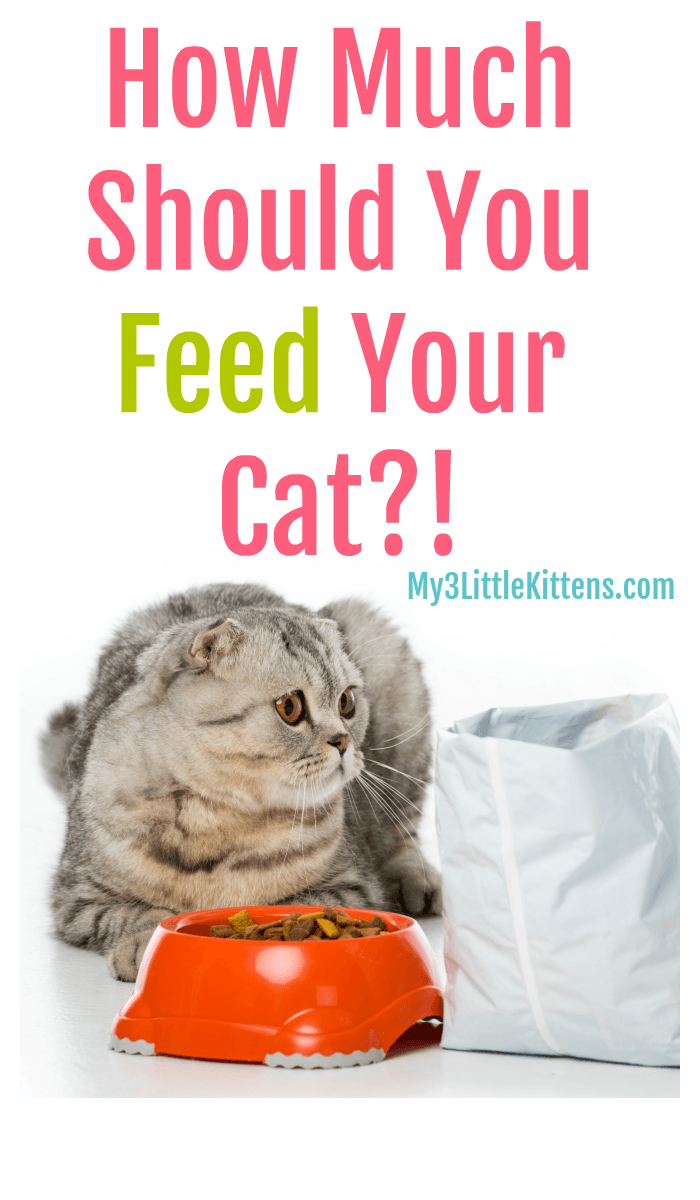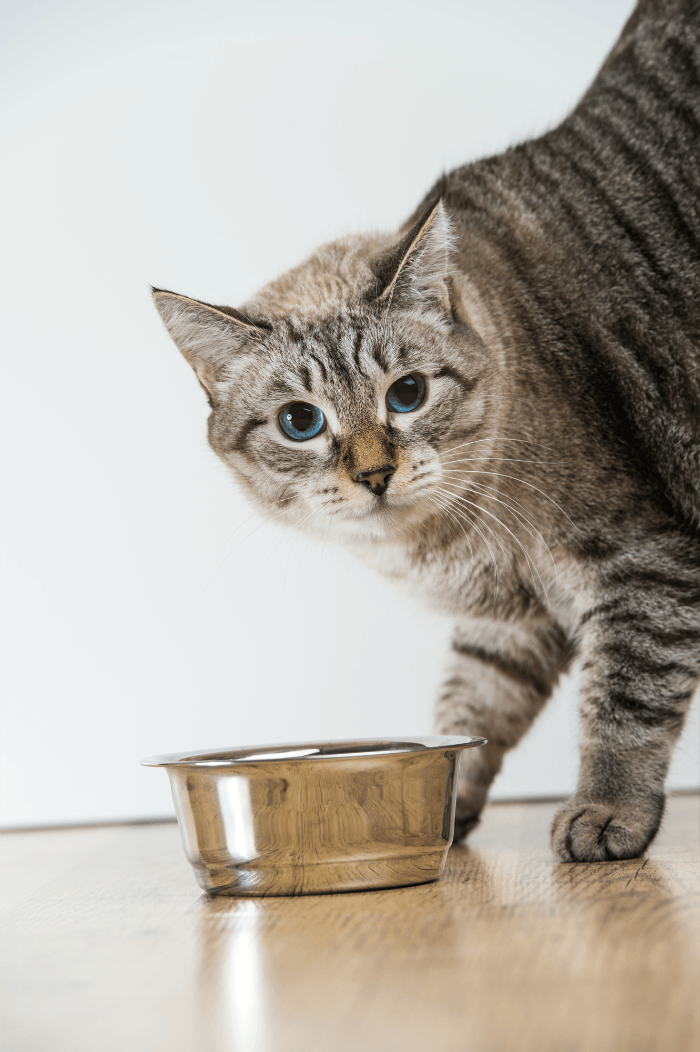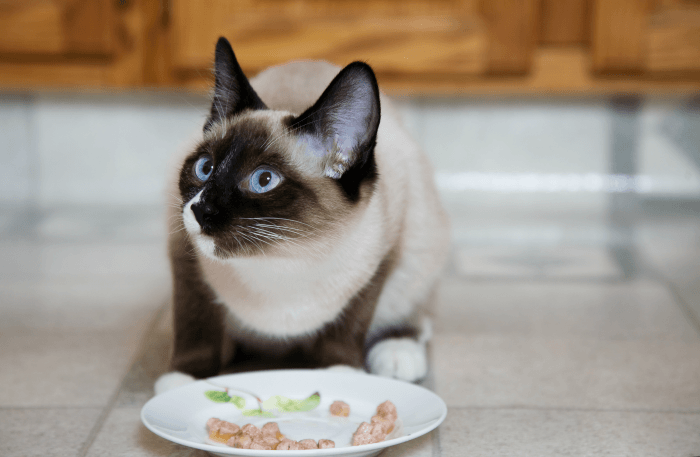Cats, those enigmatic and lovable creatures, have specific dietary needs that require careful consideration from their human companions. One of the crucial aspects of responsible cat ownership is ensuring that your feline friend receives the right amount of food to maintain optimal health.
In this blog post, we’ll explore the factors that influence a cat’s dietary requirements as well as provide guidance on how much you should feed your cat!

How Much Should You Feed Your Cat?
Just like humans, cats are individuals with unique characteristics that influence their dietary needs. Several factors play a role in determining how much you should feed your cat:
- Age: Kittens, adult cats, and seniors have different nutritional requirements. Kittens, in particular, need more calories and nutrients for growth and development.
- Weight and Body Condition: A cat’s weight and body condition score are essential indicators of their overall health. Overweight and underweight cats may require adjustments to their feeding regimen.
- Activity Level: An active cat, one that spends its days playing and exploring, will need more calories than a sedentary cat.
- Health Conditions: Some health conditions, such as diabetes or kidney disease, may require a specialized diet. Consult with your veterinarian if your cat has specific health concerns.
- Pregnant or Nursing: If your cat is pregnant or nursing, considerations needs to be made to ensure more calories, frequent small meals as well as food appropriate for growing kittens!

Calculating Your Furry Friend’s Daily Caloric Needs!
The caloric requirements of cats can vary widely, but a general guideline is to provide between 20 to 30 calories per pound of body weight per day. However, this is a starting point, and adjustments may be necessary based on the factors mentioned above.
Here’s a basic formula to estimate your cat’s daily caloric needs:
Daily Caloric Needs = (Resting Energy Requirement) x (Activity Factor)
To calculate RER = 70 × (Body Weight in kg)0.75
The Activity Factor can be adjusted based on your cat’s activity level (1.2 for sedentary, 1.4 for moderately active, and 1.6 for highly active)!
For those who don’t enjoy calculating, check out the Vet Calculator!

Practical Feeding Tips For Your Cat:
- Portion Control: Use measuring cups to ensure accurate portions. This helps prevent overfeeding, which can lead to obesity.
- Scheduled Feedings: Establish a regular feeding schedule to regulate your cat’s eating habits. This can also be beneficial for monitoring their appetite.
- High-Quality Cat Food: Invest in a nutritionally balanced cat food that meets the standards set by organizations like the Association of American Feed Control Officials (AAFCO).
- Water Intake: Ensure your cat has access to fresh water at all times. Adequate hydration is crucial for their overall health. I can’t stress this enough!

Consider Consulting with Your Veterinarian!
While general guidelines can provide a starting point, every cat is an individual. Regular veterinary check-ups are essential to monitor your cat’s weight, overall health, and any potential changes in dietary needs. Your veterinarian can provide personalized advice based on your cat’s specific requirements.
Feeding your cat the right amount of food is a fundamental aspect of responsible pet ownership. By considering factors such as age, weight, activity level, and health conditions, you can tailor your cat’s diet to meet their unique needs. Remember, when it comes to your feline friend’s health, a collaborative effort between you and your veterinarian ensures the purr-fect balance.
Linda Cassidy says
this is great, thank you. I don’t worry about Lou being overweight but I do worry sometimes I am not giving her enough
Jo-Anne Pfoh says
Great tips thank you so much for sharing
Monica says
This is great information to have! We always leave out dry food, but also give our little girl wet food a few times a day…which she really enjoys.